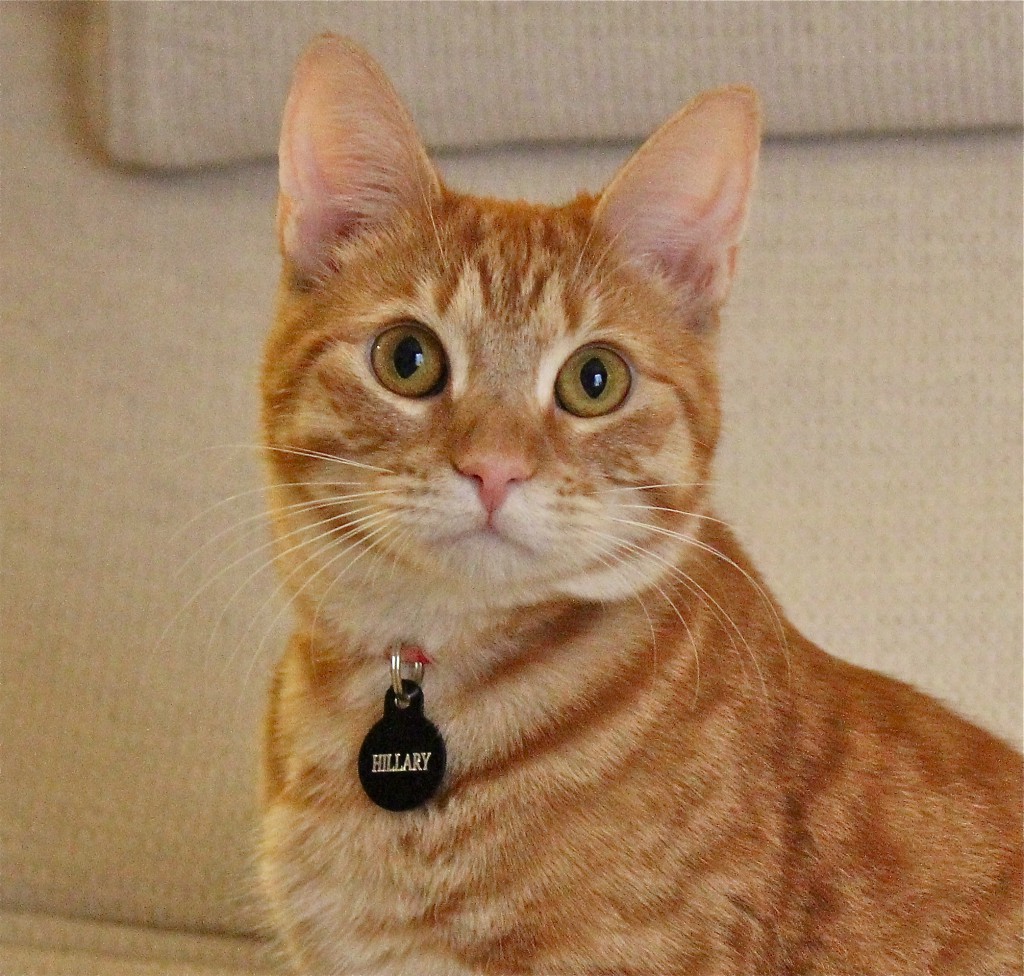Tips to Protect Pets
Tips To Protect Your Pet
Losing a pet can be a harrowing experience. However, by taking some precautions, you can significantly increase the chances of a reunion if your best friend ever goes missing.
ID Tags

ID tags remain one of the most visible and immediate forms of pet identification. They are widely available and relatively inexpensive. Opt for durable materials like stainless steel or brass to ensure longevity. While ID tags are effective, remember that collars can fall off so microchipping, in addition to an ID tag, is recommended.
Microchipping
Microchips offer a permanent identification solution for pets. These tiny devices, implanted beneath the skin, provide a unique identification number that can be scanned by animal shelters or veterinary clinics. Many organizations offer affordable microchipping services, making it a widely accessible option for pet owners.
Microchips are only effective if they are registered. If your pet is microchipped, make sure to register the microchip with your current contact information and keep it updated if you move or change phone numbers.
GPS Trackers
Utilizing GPS technology allows pet owners to track their pet's exact location in real-time. Small transmitters attached to collars emit signals that can be received by cell phones or special receivers. Since they are attached to collars, there is a risk of the device being lost if the pet slips its collar. Also, GPS trackers are powered by batteries, which only last for so long. Keeping the battery charged is key.
Other Precautions:
Secure Fencing and Gates: Maintain secure fencing around your property to prevent your pet from wandering off. Check for any gaps or weaknesses in the fence that your pet could exploit to escape. Similarly, ensure that gates are securely closed to prevent accidental escapes.
Supervise Your Pet: When allowing your pet outdoors, always supervise them or ensure they are in a secure, enclosed area. When walking, use a properly fitting collar or harness and a leash. Never leave pets unattended. Even the most well-trained pets can be easily distracted or tempted to chase after something, leading them to wander off.
Be Prepared: Prepare for the worst-case scenario by having recent photos of your pet and familiarizing yourself with local animal shelters and rescue organizations. In the event that your pet does go missing, act quickly by notifying neighbors, posting flyers, contacting local shelters and veterinary clinics, and entering a report in the Pet FBI database.
By implementing these tips and staying vigilant, you can significantly reduce the risk of your pet getting lost and increase the likelihood of a swift reunion if they do stray from home. Remember, proactive prevention is key to keeping your pet safe and secure.